May 14-20, 2023
A Wild Week

Hot days, huge thunderclouds, lightning storms, aurora borealis, and a great variety of insects topped off a wild week in the Methow Valley.
Week in Review
Multiple days with temperatures soaring into the high 80s and lower 90s produced giant thunderheads towering over the valley with high winds, lots of thunder, and at least one crazy lightning storm. And then at the end of the week, the skies parted just in time for some folks to see the aurora borealis!
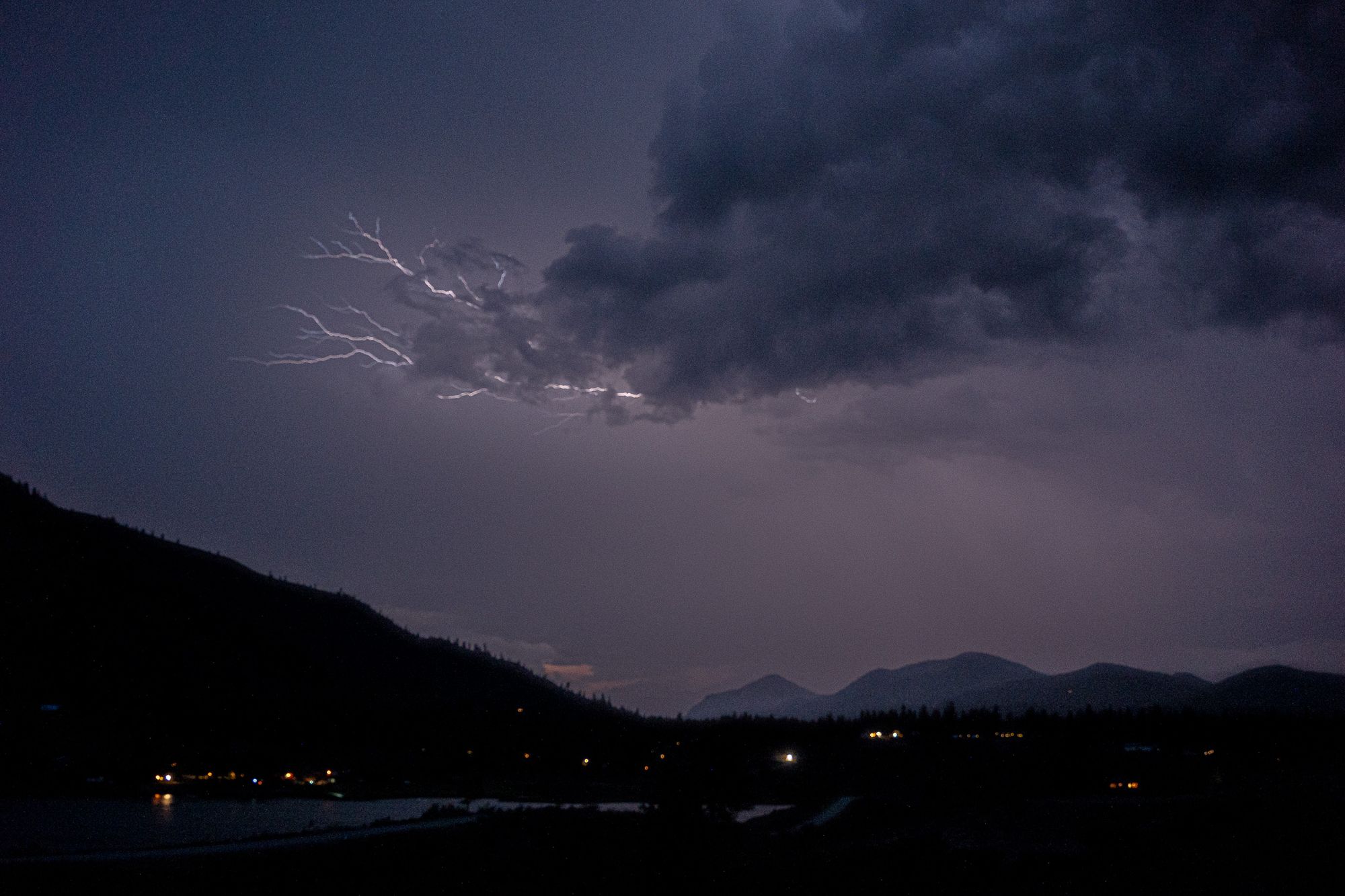
Insects don't usually make much of an impression, but people sure noticed some interesting insects this week!
Someone spotted a dead mouse that seemed to be moving but in fact it was being dragged and buried by three sexton beetles. These carnivorous beetles seek out dead fleshy animals, then pairs cooperate to strip off the fur or feathers and bury the carcass which they cover with secretions to mask the smell and prevent bacterial outbreaks. Pairs of beetles then lay eggs and defend their babies, who beg for food as the parents eat the flesh and regurgitate it for their larvae.
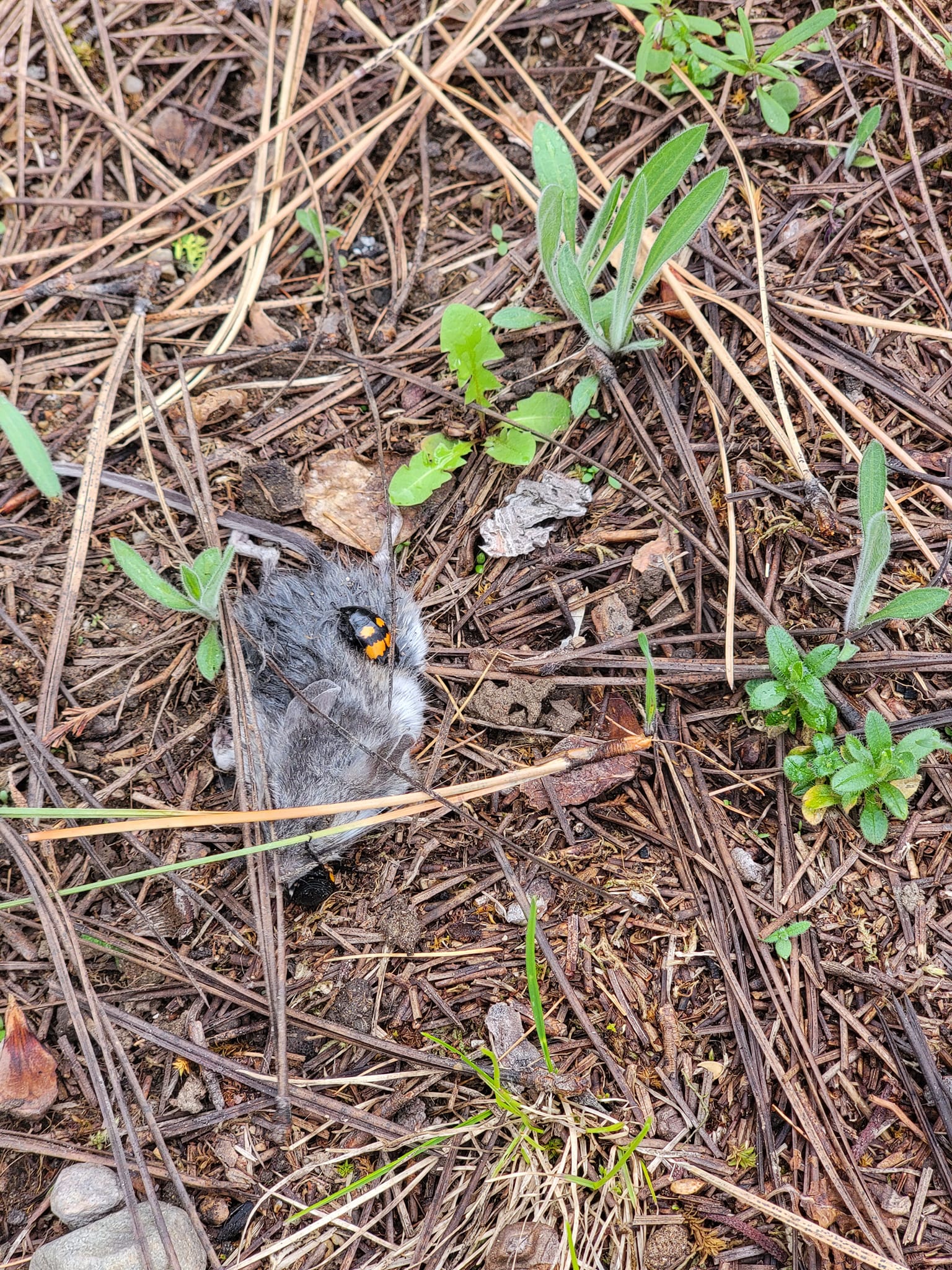
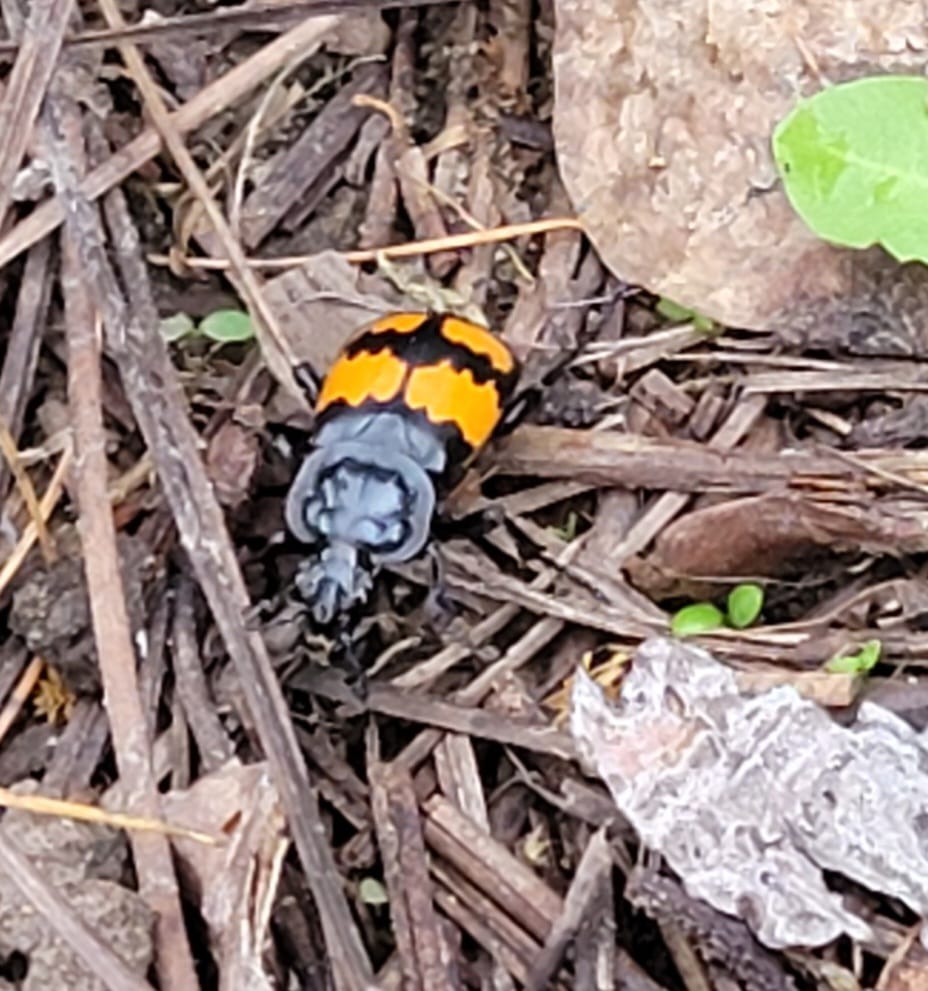
Some colorful moths and butterflies made an appearance this week as well.
Did you know that moths are essentially butterflies that come out at night?
Hundreds of small blue butterflies (probably silvery blues) were observed on moist soil, along with one green hairstreak, in the Rendezvous area this week. Male butterflies do this behavior in the breeding season in order to collect scarce minerals that they present to females as courtship gifts, and in fact females may chose to accept or reject a male based on the quality of his courtship gift.
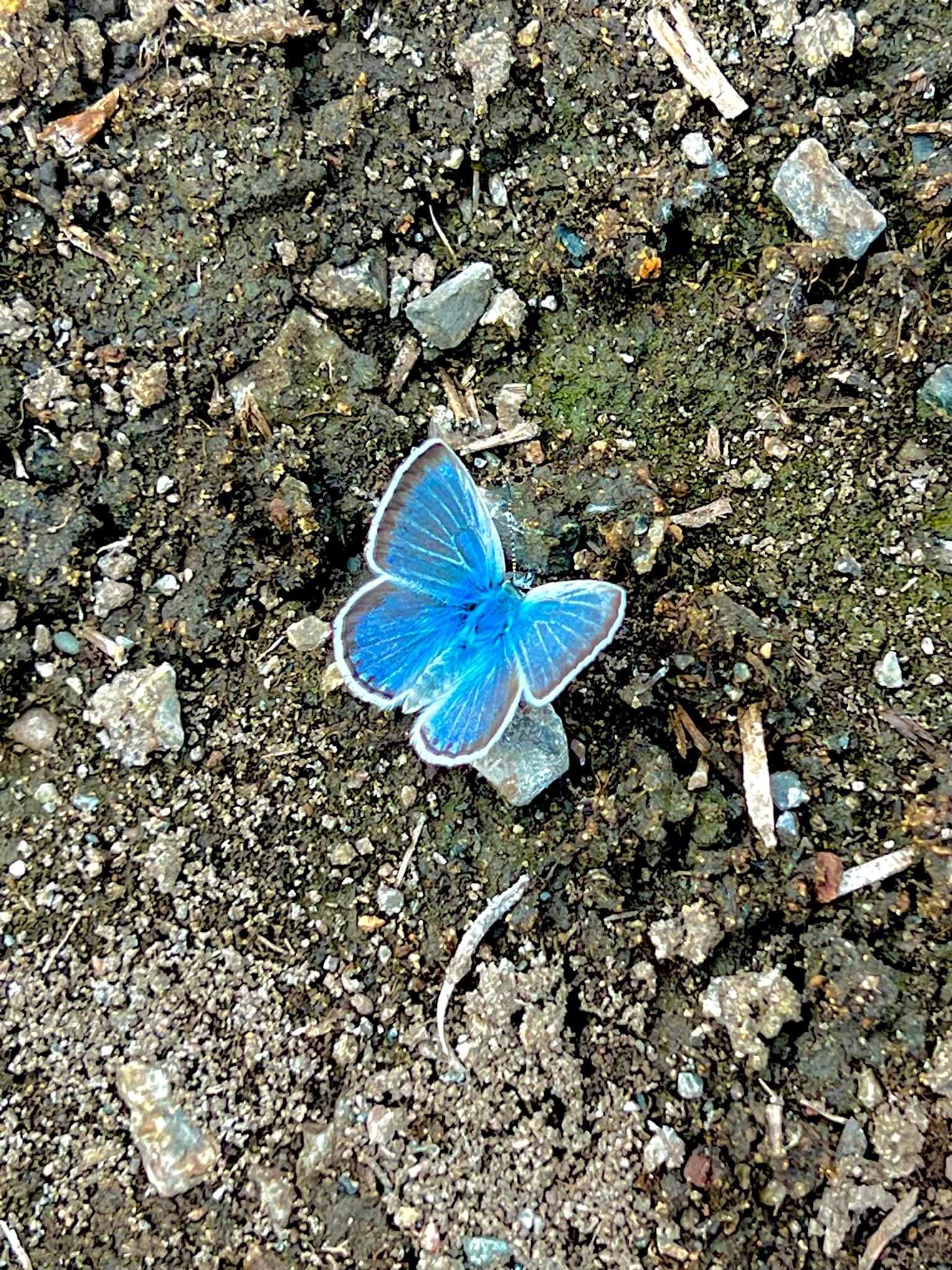
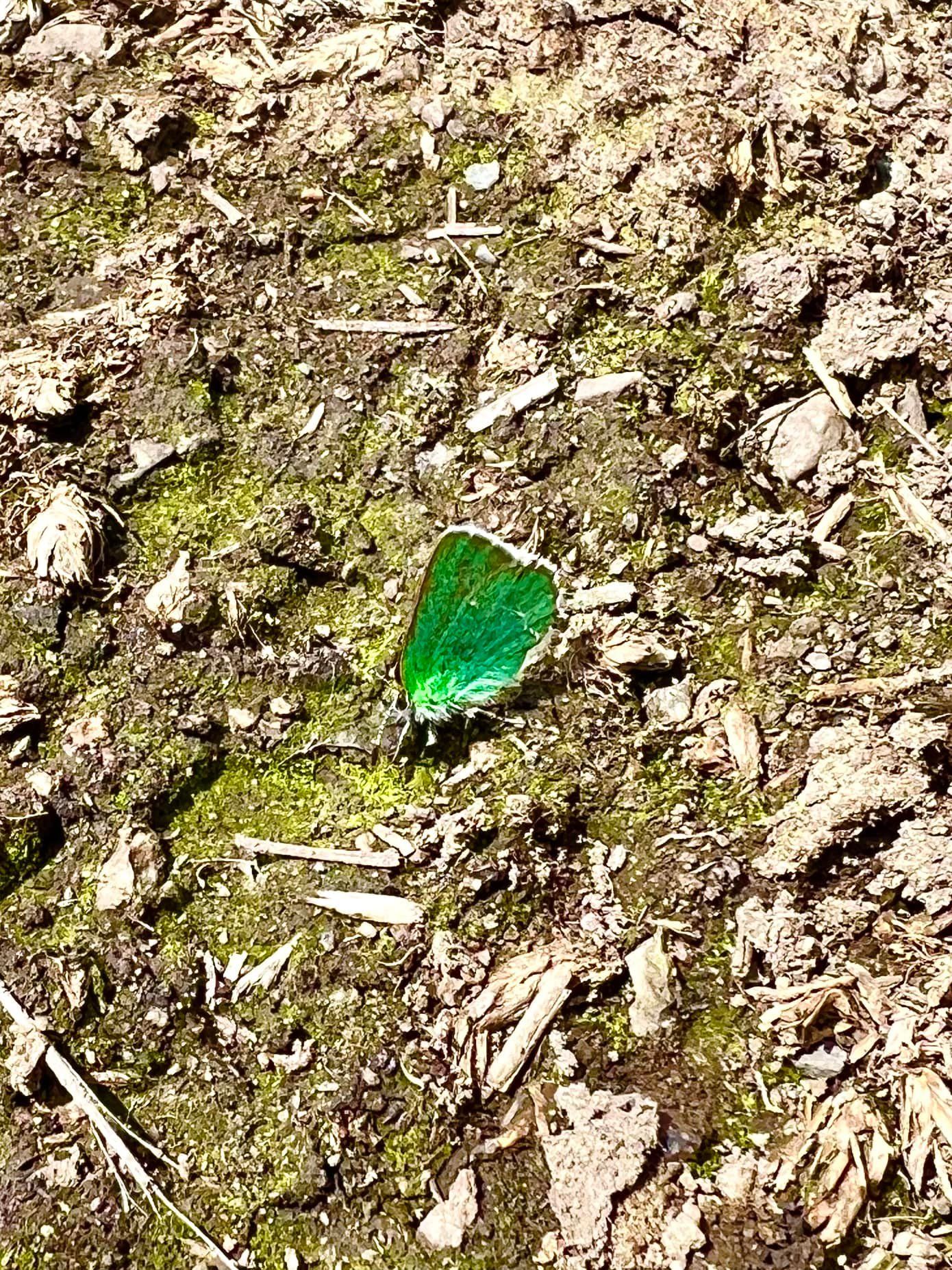
Many stands of spicy-smelling ceanothus shrubs (tobacco brush, Ceanothus velutinus) started blooming this week, and almost on cue we had our first report of a delightful ceanothus silk moth. This is certainly one of our largest and most dramatic moths with wingspans that reach five inches across. Despite their name, the adults (who never eat) lay their eggs on ceanothus and other common shrubs like manzanita, currants, and willows. It's definitely a moth to keep your eye out for!
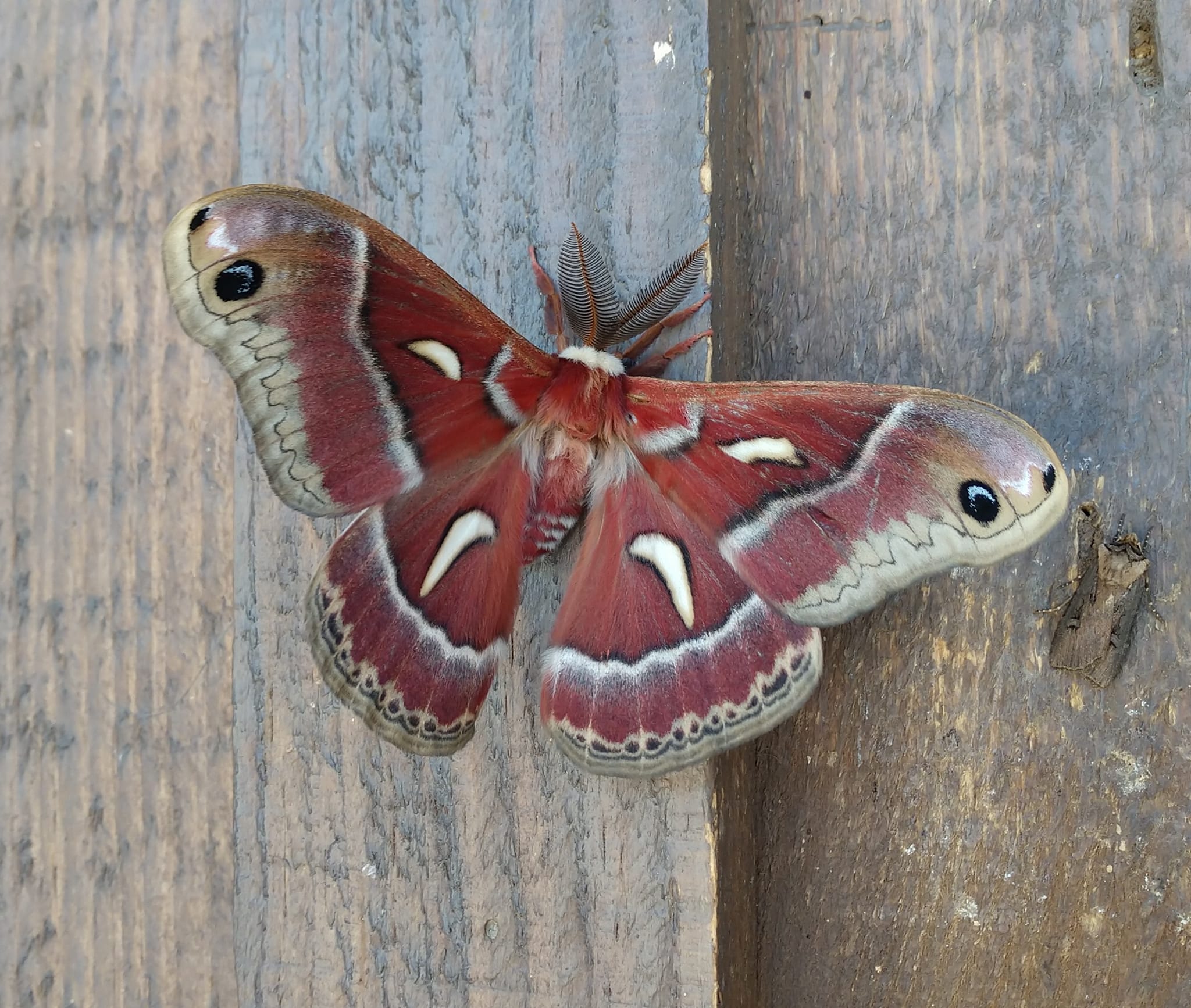
After several weeks of seeing many active queen bumble bees, and not much else, a number of different wasps made an appearance this week. It's easy to think of wasps as nothing more than pesky hornets or yellowjackets, when in fact they are one of most important and fascinating groups of insects. Wasps are actually mind-bogglingly interesting, with highly evolved life history strategies, and I highly recommend a book you can checkout at the Winthrop library called "Endless Forms: The Secret World of Wasps" by Seirian Sumner, if you want to learn more.
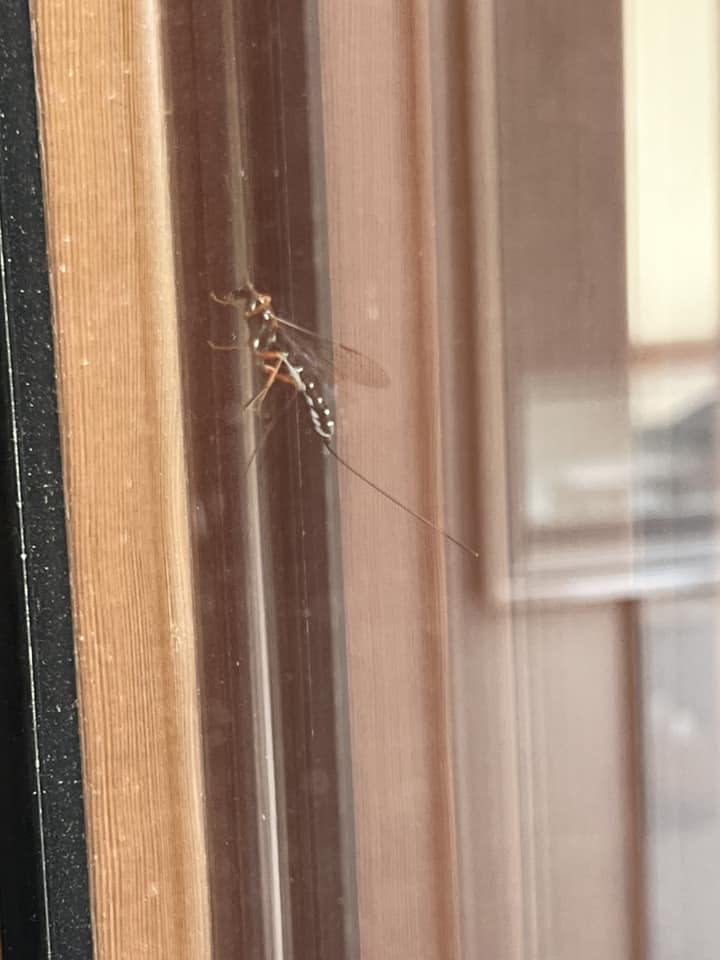
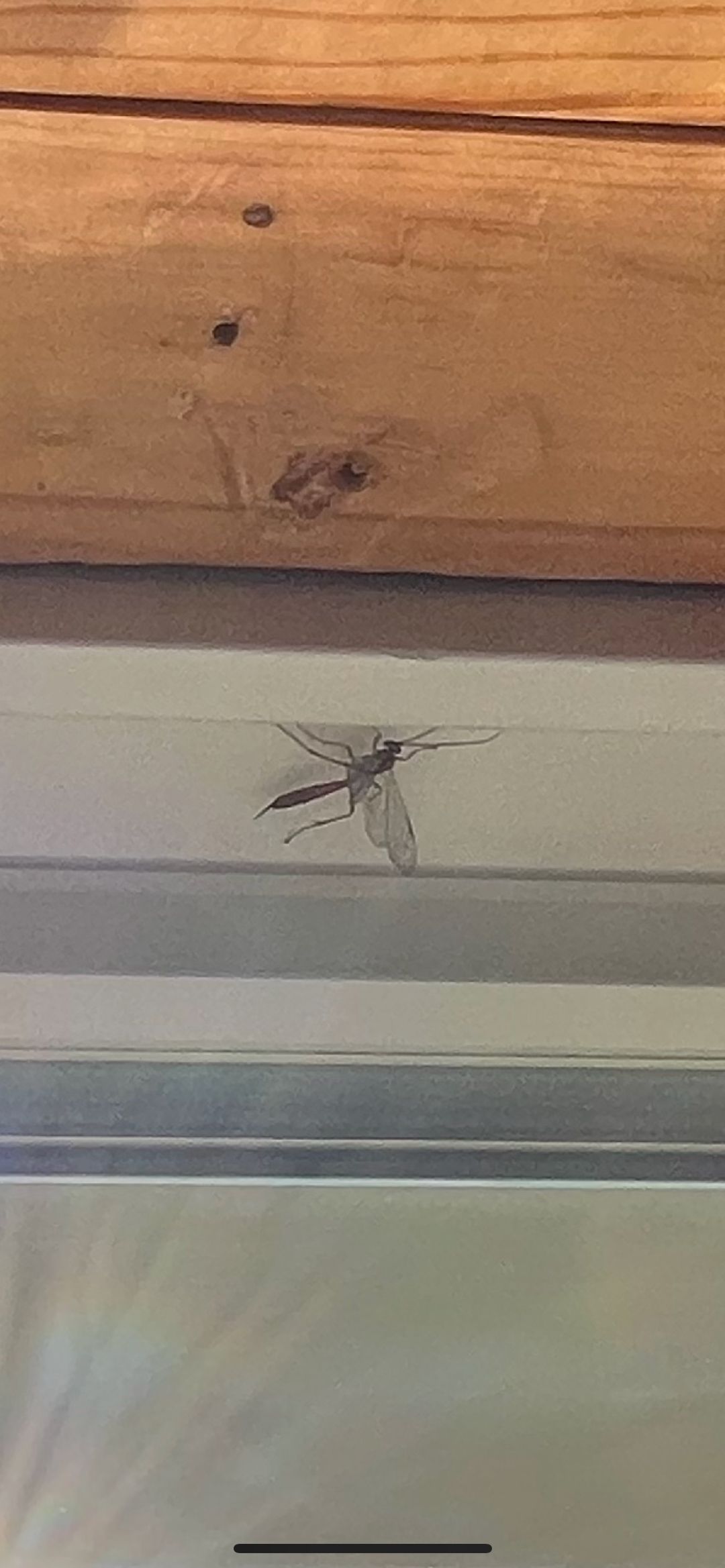
For instance, a beautiful western red-tailed spider wasp (Tachypompilus unicolor) was observed feeding on Lomatium flowers near Frost Lake. Adult spider wasps feed on pollen and nectar, while females look for spiders that they paralyze with a quick sting, then drag to a burrow where they lay an egg. When the larva hatches, it feeds on the paralyzed, but still living, spider. The wasp larvae eats the spider's vital organs last, thus keeping the spider alive until the larvae is ready to pupate.
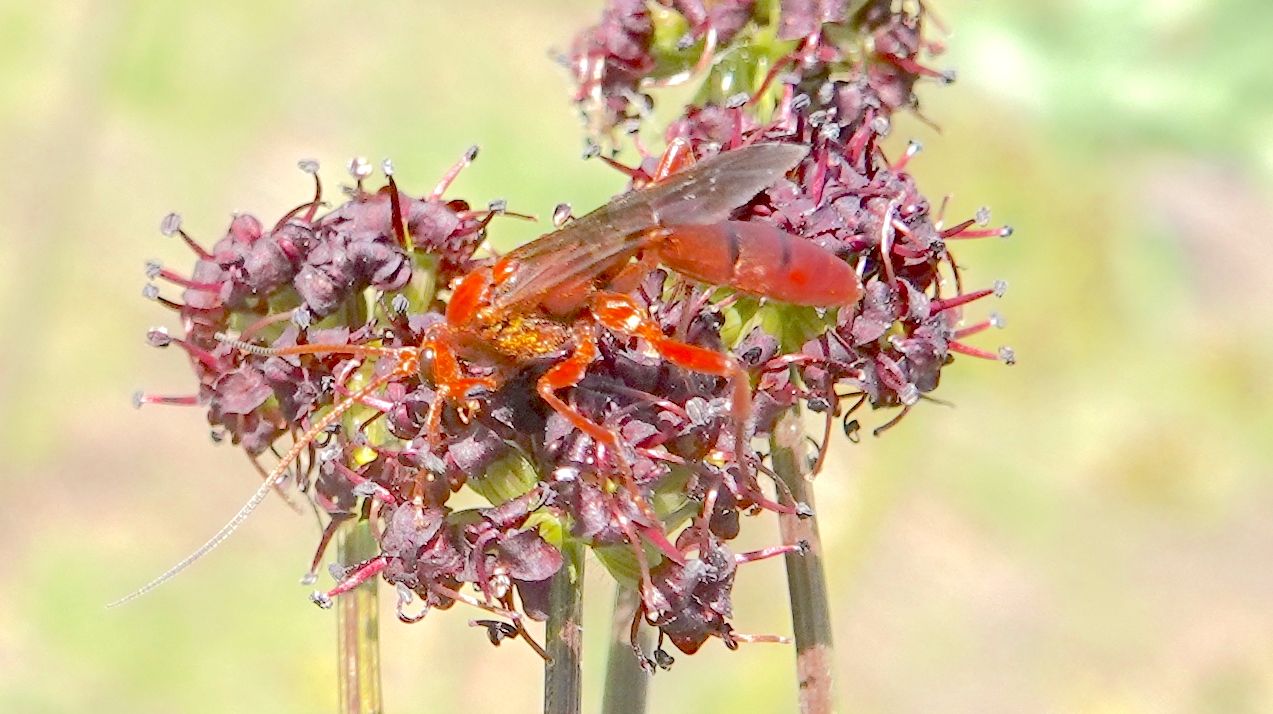
Of course, a lot more happened this week. For instance, chokecherries started blooming. Damselflies began flying around. The first ring-billed gull of the summer appeared at Twin Lakes on May 17th, a bright blue robin egg shell was found laying on the ground on May 18th, and so much more.
Observation of the Week
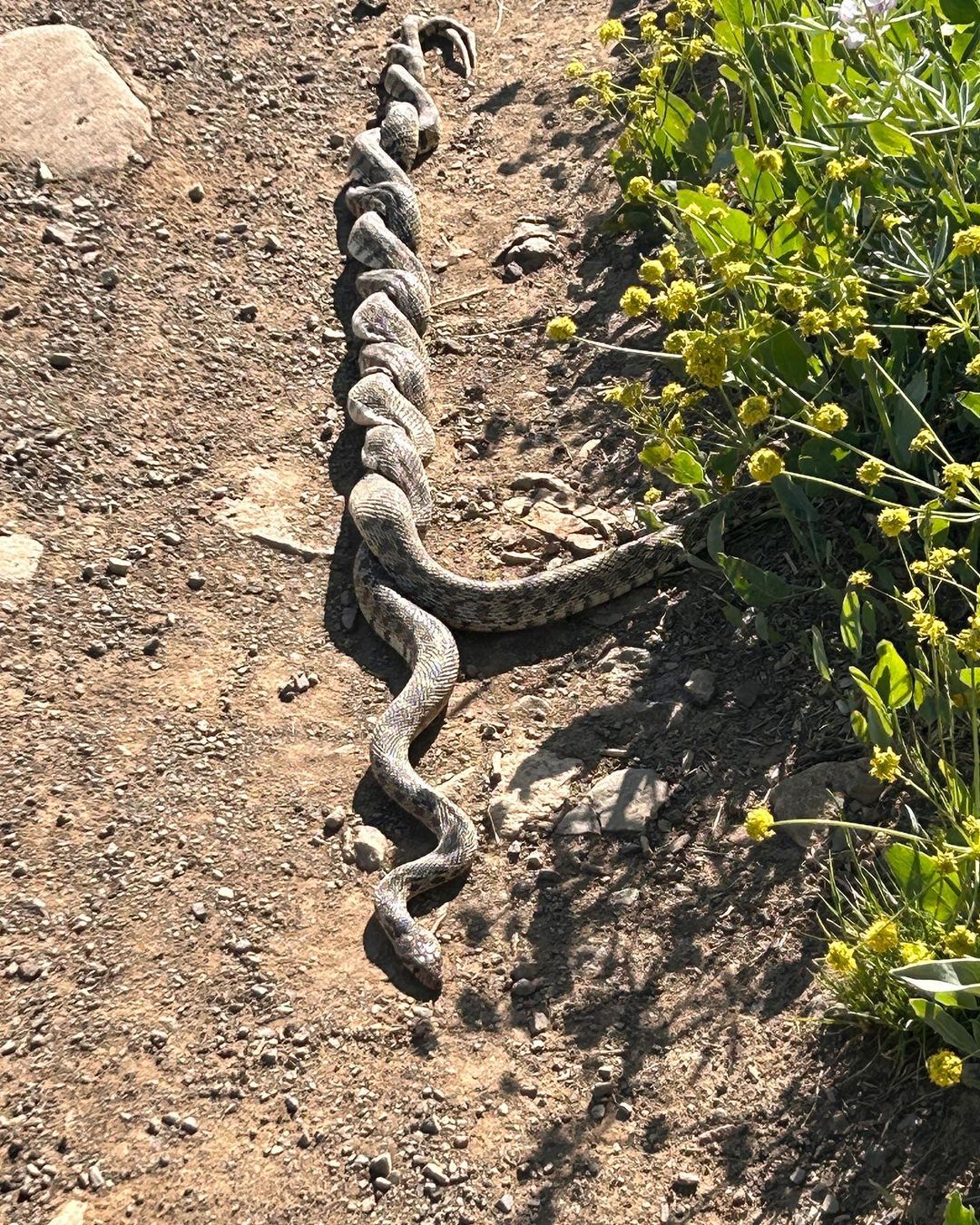
For some reason, people really noticed gopher snakes (and some rattlesnakes) this week, including a marvelous and rare sighting of two adults copulating. Most mating occurs in May, after adults emerge from the winter dens they have spent 180-250 days sleeping in and before they disperse for miles into the surrounding landscape.
These long-lived snakes (one gopher snake lived 33 years in captivity and females may not start breeding until they are five years old) are often misunderstood and feared. They superficially resemble and mimic rattlesnakes by vibrating their tails in dry leaves, but a careful look will quickly reveal that the gopher snake tail is narrow and sharply pointed, while the rattlesnake tail has a blunt tip with rattles.
It's helpful to learn and recognize the differences between gopher snakes and rattlesnakes, though both species deserve to left alone. Gopher snakes have relatively narrow heads, while rattlesnakes have distinctive, broadly triangular heads. The pattern of brown saddles down their backs are different, and of course they have very different tails.
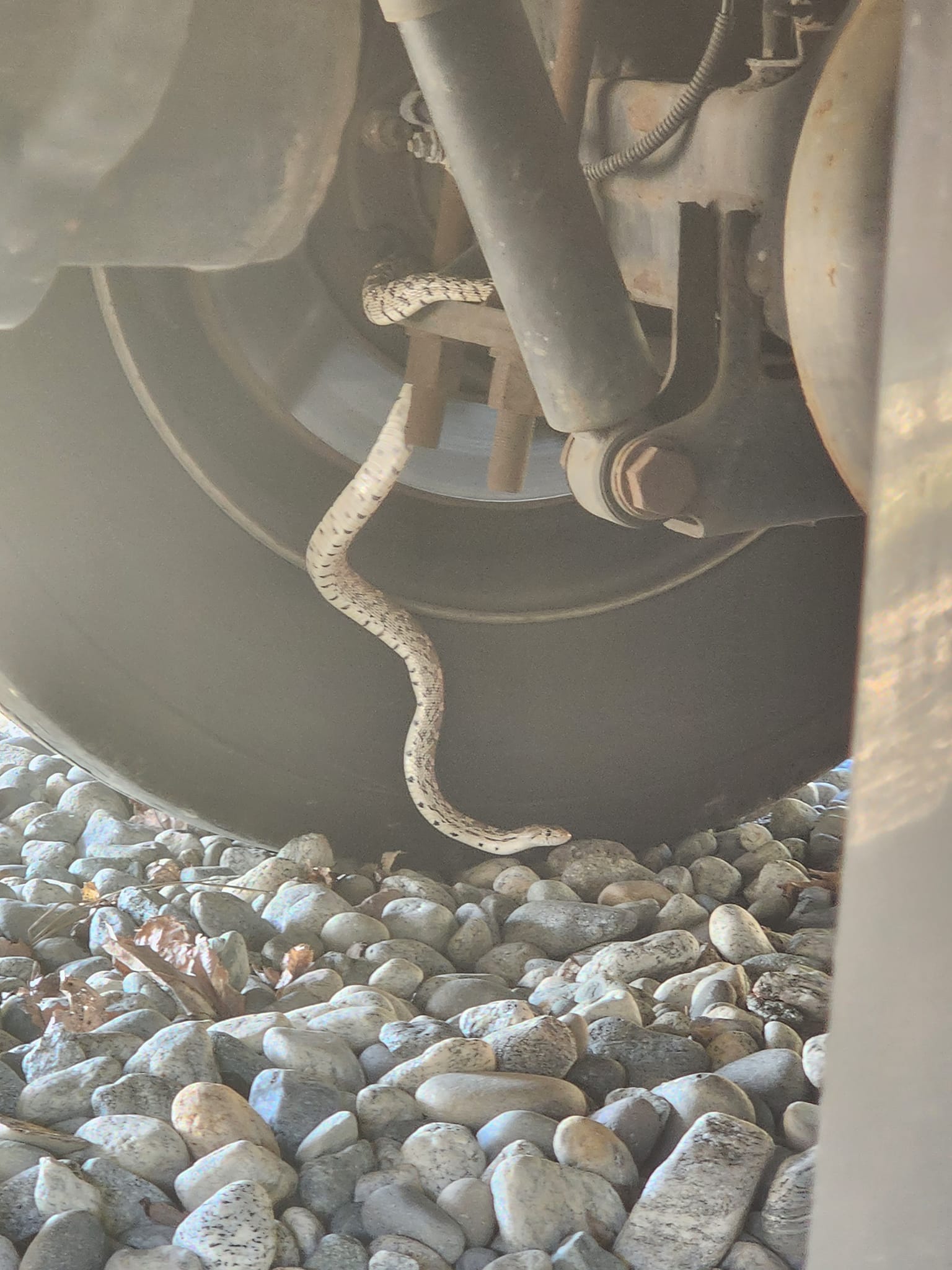
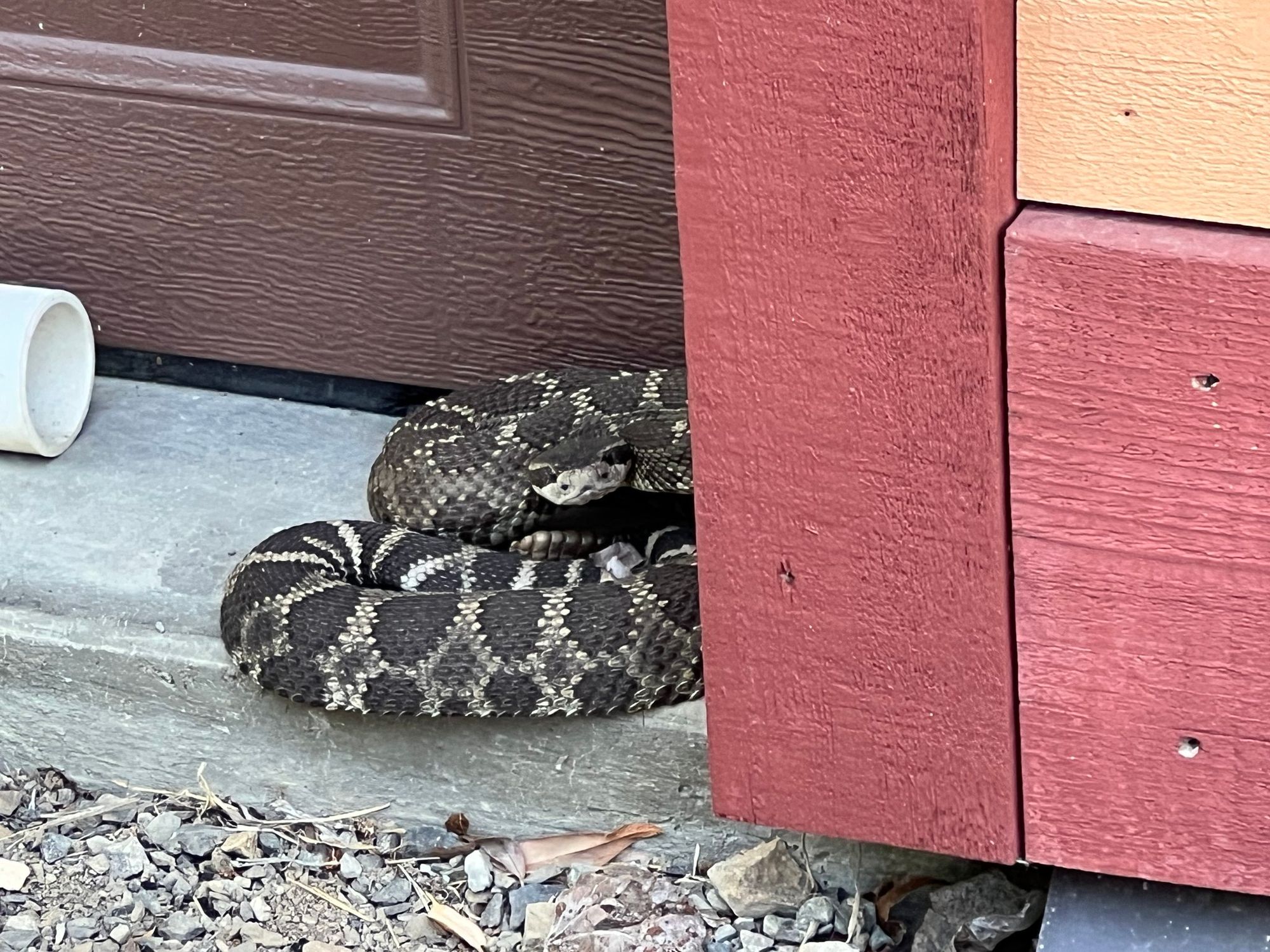
Although it's relatively easy to spot gopher snakes when they first emerge from hibernation in late April, and while they're breeding in May, they generally avoid the heat of summer by staying hidden and then they re-enter hibernation in September or October which means we don't really see them very often. These snakes are also highly accomplished burrowers who have no problem digging in search of rodents and other small mammals that they prefer to eat.
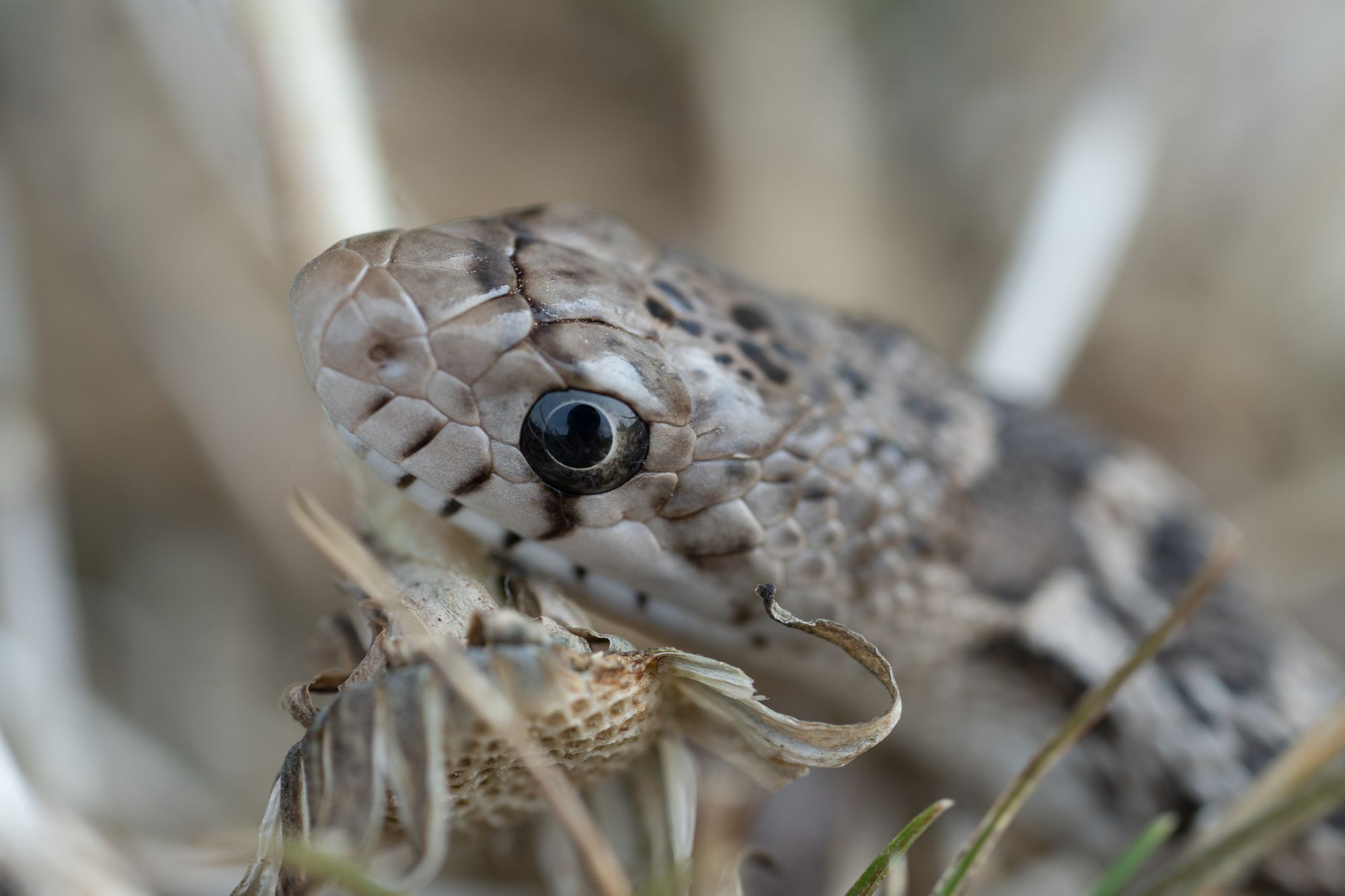
A Note of Solidarity
This week I had the pleasure of giving a talk, and leading a walk, for the Okanogan Highlands Alliance and the Okanogan Land Trust in Tonasket.
I want to put in a plug for these groups and the amazing landscapes of the Okanogan Valley. There is a lot of great energy, and hard work, going on over there and it feels like we should all be putting in more of an effort to get to know each other.

Tonasket may be small but there are a lot of really warm and super engaged people in the community. Both the Alliance and the Land Trust offer a variety of well-attended walks and events, and it is absolutely worth heading over to see some of the areas they work to protect.
Every time I visit the Okanogan Valley, including the Sinlahekin Wildlife Area, the Similkameen River, and the Okanogan Highlands east and north of Tonasket, I find myself utterly astonished at the richness and many delightful overlooked gems found all over this landscape.

For example, today we visited a Nature Conservancy preserve on Barker Mountain—an absolutely incredible place with vibrant bunchgrass habitats and aspen groves loaded with birds and a remarkable variety of flowers and insects. This site is closed to the public except on sponsored outings which is another great reason why you would want to keep an eye open for events offered by the Alliance and Land Trust.
